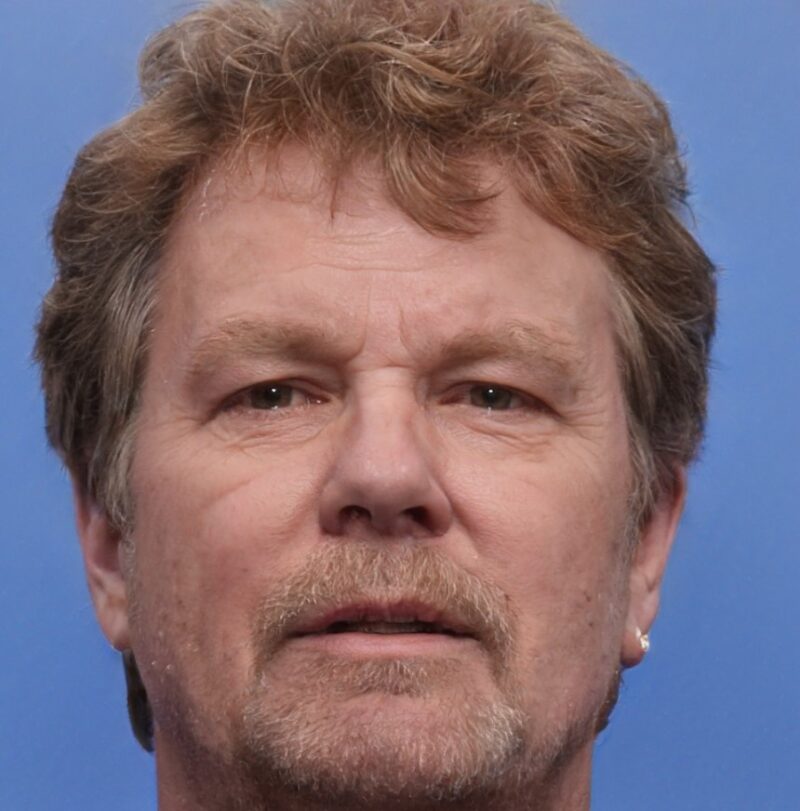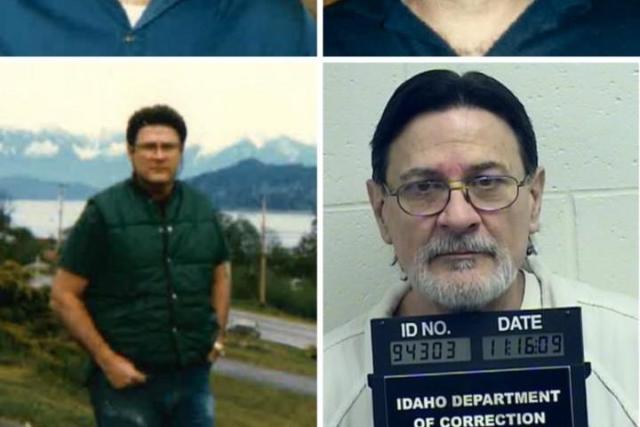The latest youth crime data indicates that the number of juvenile offenders is rising for the first time in over a decade, amid growing ideological debates on how to address youth criminal behavior.
While the number of children and teenagers committing crimes had been steadily decreasing, the rate increased by 6 percent in the last financial year.
Criminologists caution that it is too early to determine whether this is an anomaly or the beginning of a sustained trend.
A detailed analysis of the Australian Bureau of Statistics data, obtained exclusively by the ABC, reveals that recidivism is also on the rise, suggesting that diversion programs are failing to rehabilitate a small group of repeat offenders.
Western Australia Children’s Commissioner Jacqueline McGowan-Jones expressed little surprise at the data.
“We’re seeing a small number of kids who are becoming entrenched in this behavior,” she said. “It is crucial that we address the root causes of this behavior, as we risk losing a generation of children.”
The data corroborates anecdotal evidence of a recent uptick in more frequent and aggressive youth offending, which some believe has been sensationalized by media coverage and social media.
The issue is particularly acute in regional centers, where some residents are pooling funds to hire security guards, and where racial tensions are being exacerbated by alleged vigilante actions.
‘Heightened Anxiety and Anger’

The trend doesn’t come as a surprise to criminologist Terry Goldsworthy.
“The volume of offending by hardcore youth offenders is increasing, and that’s the problem,” he explains.
“I think politicians can make the mistake of going, well, the number of unique offenders is less than what it was a decade ago, so there’s really not a youth crime problem.
“But a person who’s been victim of a crime doesn’t care whether or not it’s the same person who’s broken into their house three times or a different person — they just care that they’re being broken into.
“It’s the volume of the crime that matters to them, and that’s what we’re seeing.
“So I think there is extreme anxiety and extreme anger in the community.”
Under Pressure

The tension over whether to adopt a child welfare or law-and-order approach is proving to be an increasingly complex moral and policy dilemma for governments across Australia.
This ideological debate is unfolding in real time in towns plagued by rampant crime.
For policymakers, the pressure is mounting on two fronts.
On one hand, communities are demanding that the government rein in the surging youth crime that is making long-term residents feel unsafe and prompting some to leave town.
At the same time, there is growing concern about the punitive approach being taken towards children who have been “set up to fail” through familial neglect, community indifference, and flawed welfare systems long before their first arrest.
Many of these children have undiagnosed neurological impairments and have been exposed to levels of violence, poverty, and substance abuse that would make most Australians shudder.
“There is some tension between the two realities—the child is a victim at the same time as they’re an offender,” Dr. Goldsworthy explained.
“And I think that sometimes confuses the system as to how we respond to them.
“We know that if you address issues around family violence, access to food, and so on, you reduce offending, but those kinds of programs don’t necessarily sell well at election time.
“So in that sense, I think our systems are failing, and these kinds of statistics are not surprising.
“I think it’s going to be an ongoing debate, and it’s going to become even more politicized.”
Impact on Community

In some towns in northern Western Australia, both Indigenous and non-Indigenous residents are frustrated by ongoing break-ins and vandalism and are concerned about the welfare of the children involved.
Philomena Lewis, a Nyul Nyul woman who lives in Broome, shared her perspective.
“Some of us elderly Indigenous people are very angry and surprised because the kids causing problems in the community are mainly our Indigenous children,” she said.
“It’s been going on for a while now—children breaking, stealing vehicles, burning vehicles.”
Ms. Lewis believes parenting is at the crux of the issue, as well as government systems that lack compassion for the children involved.
“Oftentimes the parents aren’t even there. They will get the older kids to babysit so they can go down to the pub or play cards, and that’s when the kids will just take off,” she explained.
“And when they’re out on the street, they start drinking, doing marijuana, stealing vehicles, and housebreaking.
“Some parents are struggling, and there are a lot of good parents out there, but some are being selfish and not thinking about their children.
“It makes me very angry because you are meant to be protective of your children.”
‘I Had Tears in My Eyes’

Like many Aboriginal elders, Ms. Lewis believes that a return to mild physical punishment would help restore discipline. However, she is also concerned that policing is further victimizing children who have been set up to fail by a lack of supervision and underfunded child protection services.
“I’ve witnessed a young boy, maybe only aged 11 or 12, being grabbed by three big, strong policemen, and the way he was pushed and shoved was not nice,” she said.
“This boy may have done the wrong thing, but a child never deserves to be dragged, treated like that, like he was a little toy.
“His mother was terrified, and I felt bloody terrible. I had tears in my eyes.”
What’s Causing the Increase?

To some, the trend towards a smaller cohort of youth committing more crimes is a symptom of growing economic inequity in Australia.
The fact that almost 60 percent of children in youth detention are Aboriginal suggests a spiraling disconnect that defies efforts to close the gap on Indigenous disadvantage more broadly.
Jacqueline McGowan-Jones has spent a lot of time with children in detention amid escalating concerns about conditions within facilities such as Banksia Hill.
‘We Must Intervene Early’

Ms. McGowan-Jones, who has Arrente and Warumungu heritage, believes that the focus on reactive punishment rather than preventative investment is driving recidivism.
“Our current approach is making these young people more likely to become lifelong criminals, rather than focusing on a really comprehensive approach to early intervention, prevention, diversion, and support,” she said.
“We must be making sure that where there’s a child at risk of significant contact with the criminal justice system, we’re intervening early and providing wraparound supports to divert them.
“We have to get to that point, or we will continue to bury children who have taken their own lives, and we will continue to have to build prisons for adult offenders who were children when they started offending.”
Both state and federal governments have increased funding for diversion programs in recent years, including an $81 million Commonwealth spend on justice reinvestment initiatives that started in 2022.
Raising the Age

The increase in youth crime comes as states and territories wrestle with whether to lower the age of criminal responsibility, which has historically been set at 10 years of age.
The debate goes to the heart of the dilemma over whether to treat child offenders with a welfare or law-and-order approach.
So far, the Northern Territory is the only jurisdiction to raise the age to 12, with Victoria set to follow suit later this year. Victoria, Tasmania, and the ACT have all committed to raising the age to 14 within the next few years.
The changes mean younger children will no longer face criminal charges if caught offending and will instead be case-managed or directed to diversionary programs.
Related Posts:
- Texas Woman Sentenced to 50 Years for Child Murder:…
- 80-Year-Old Claims Young Life in Fight Over Woman:…
- Denver Crime Rate 2024: Dark Secrets Behind Mile-High City
- Crime Rate in Las Vegas 2024 - The Fruits of Sin City
- Miami Crime Rate 2024 - The Other Side of the Sun
- Seattle Crime Rate 2024: Risk in the Emerald City







